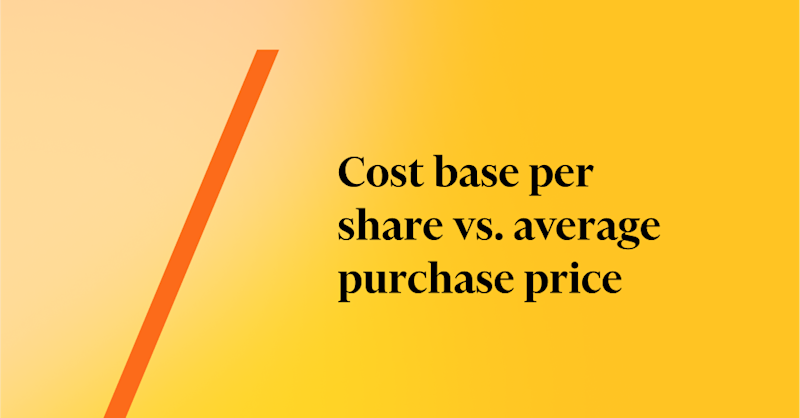Latest posts

3 reasons why investors love Sharesight
We polled 100 Sharesight users on their experience with our platform. In this blog, we reveal what they had to say, plus 3 reasons investors love Sharesight.

Sharesight's top 10 investing blogs of 2022
We revisit some of the our most popular blogs of 2022, with everything from tax guides for investors to explainer articles on dividends and DRPs.
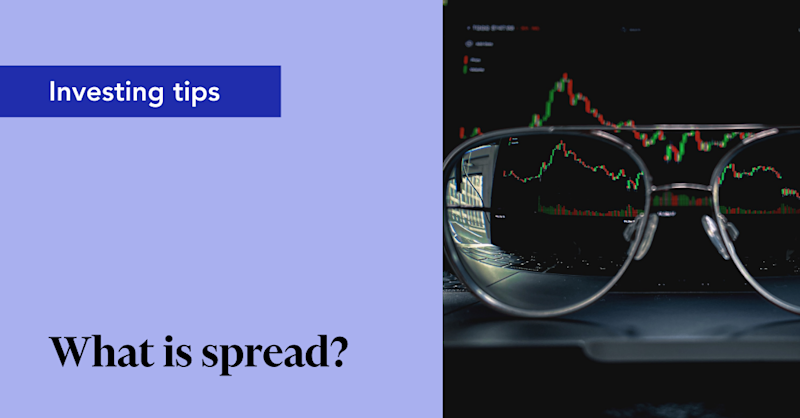
What is the spread in trading?
‘Spread’ can have several meanings in investing, but it generally refers to the difference between two prices, rates or yields. Keep reading to learn more.

Yahoo Finance vs. Sharesight – comparing portfolio trackers
Looking for a Yahoo Finance alternative? Sharesight provides money-weighted performance, automatic dividends, currency impacts and advanced reporting.
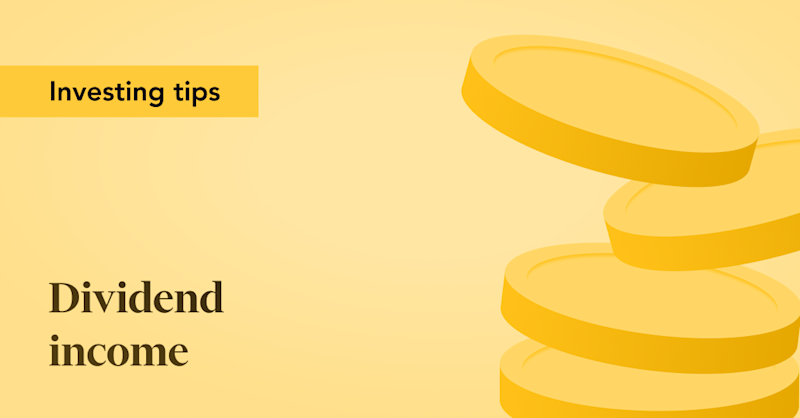
What is dividend income?
For some investors, earning dividend income is a key goal. But it's important to understand the tax implications, plus how to automatically track dividends.
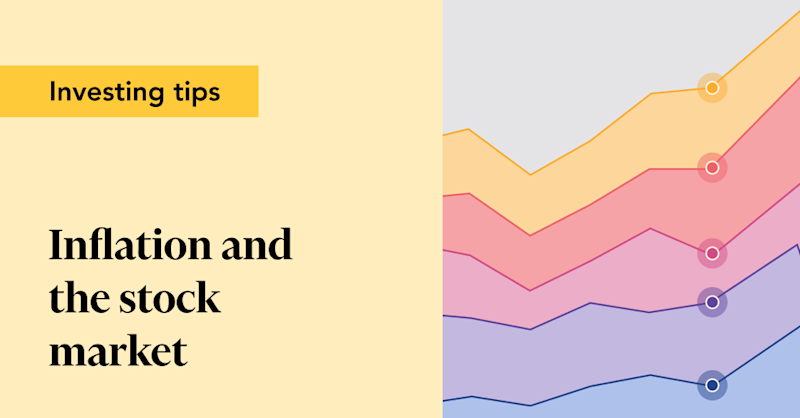
How does inflation impact the stock market?
It’s important to understand inflation’s impact on the economy and how this can affect the stock market, including which stocks are "inflation-proof".

Financial wellness: Personal finance and cash management
In this video of our series "Investment Technology Journey for Self-directed Investors", we discuss the impact of cash management on future financial success.

Morningstar's 2022 Individual Investor Conference: Key takeaways
We highlight some takeaways from Morningstar's 2022 Conference for Individual Investors, where investors had the opportunity to hear from industry experts.

Active vs. passive investing
What are the differences between active and passive investing, and does one offer a higher guarantee of success than the other? Keep reading to learn more.

ETFs vs. stocks
Stocks and ETFs can both be a valuable addition to an investor’s portfolio, however it’s important to understand the pros and cons of these two asset types.

Investment strategy: Portfolio construction and diversification
In this second video of our series "Investment Technology Journey for Self-directed Investors", we explain what a diversified portfolio might look like.
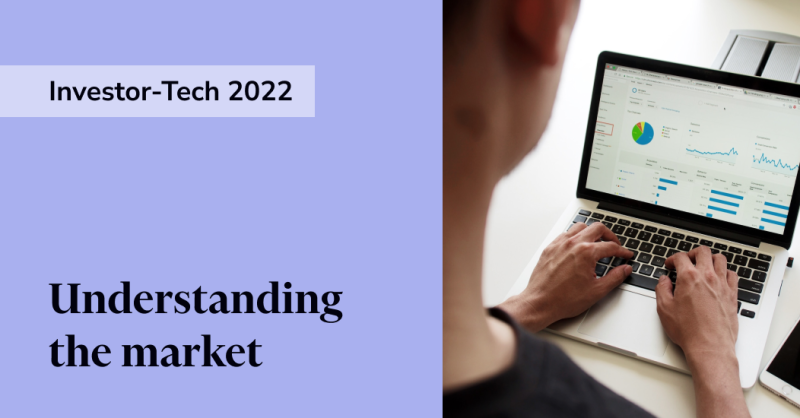
Understanding the market: Investment research, advice and analysis
Along with some of our partners, we discuss current market conditions and how technology can assist investors in making more informed and strategic decisions.
